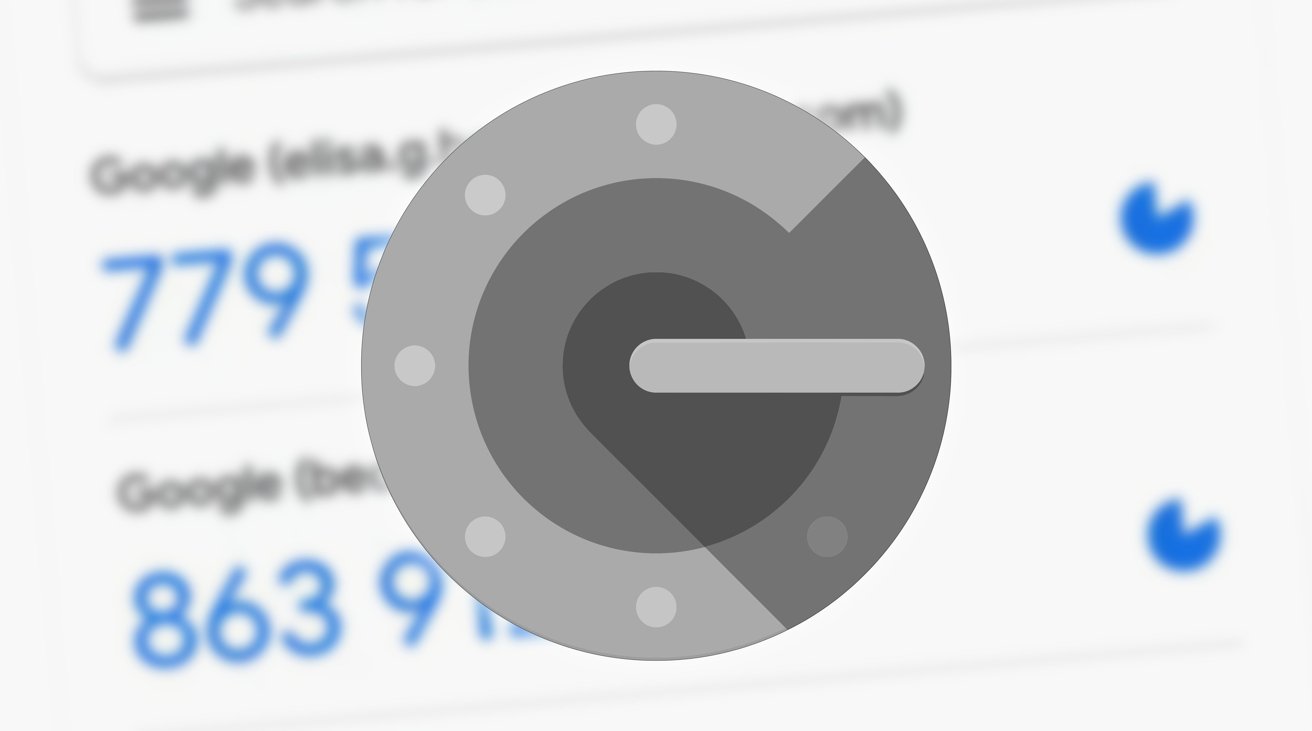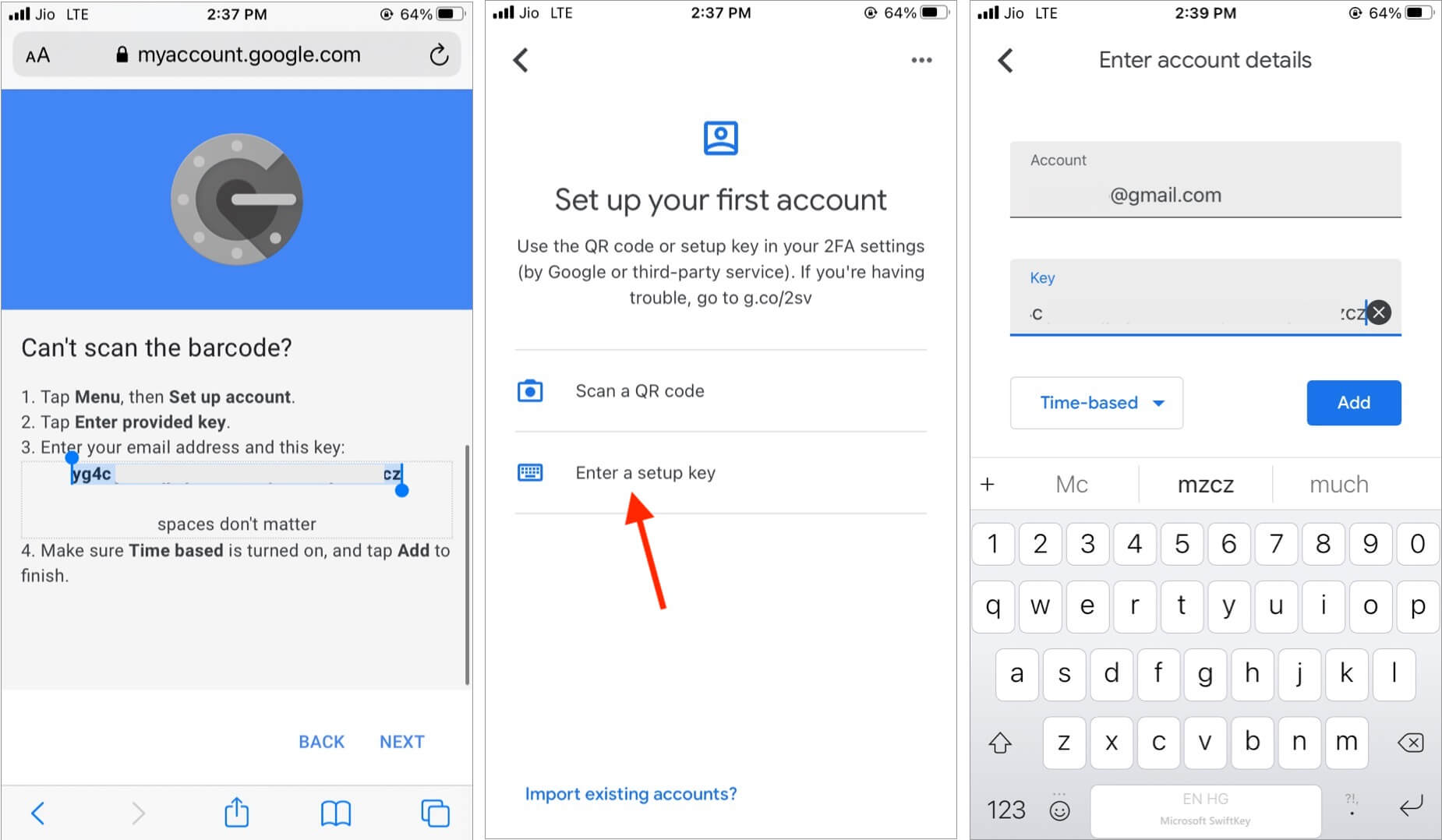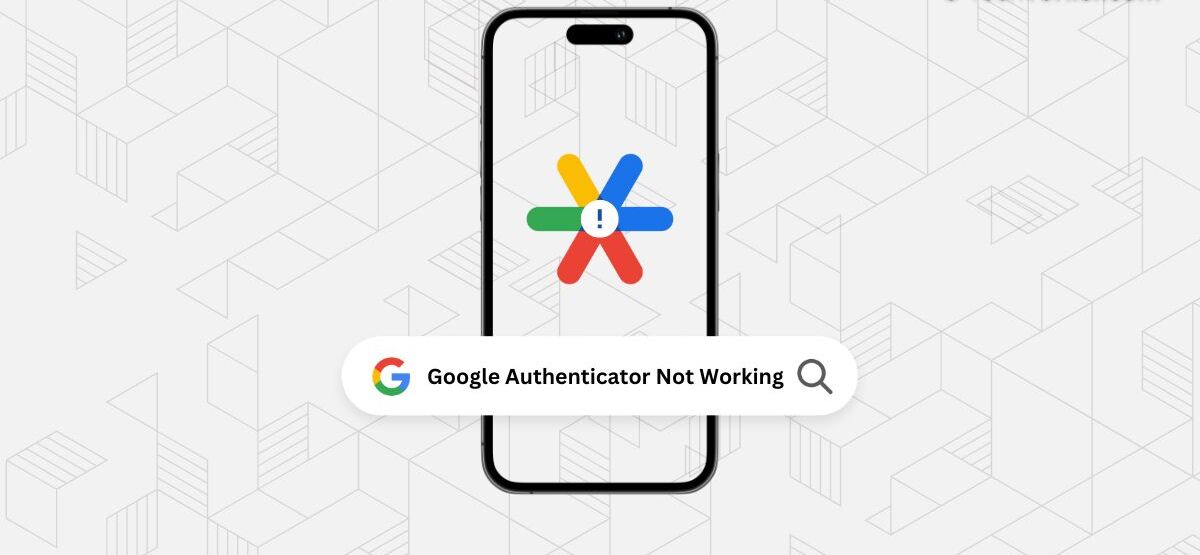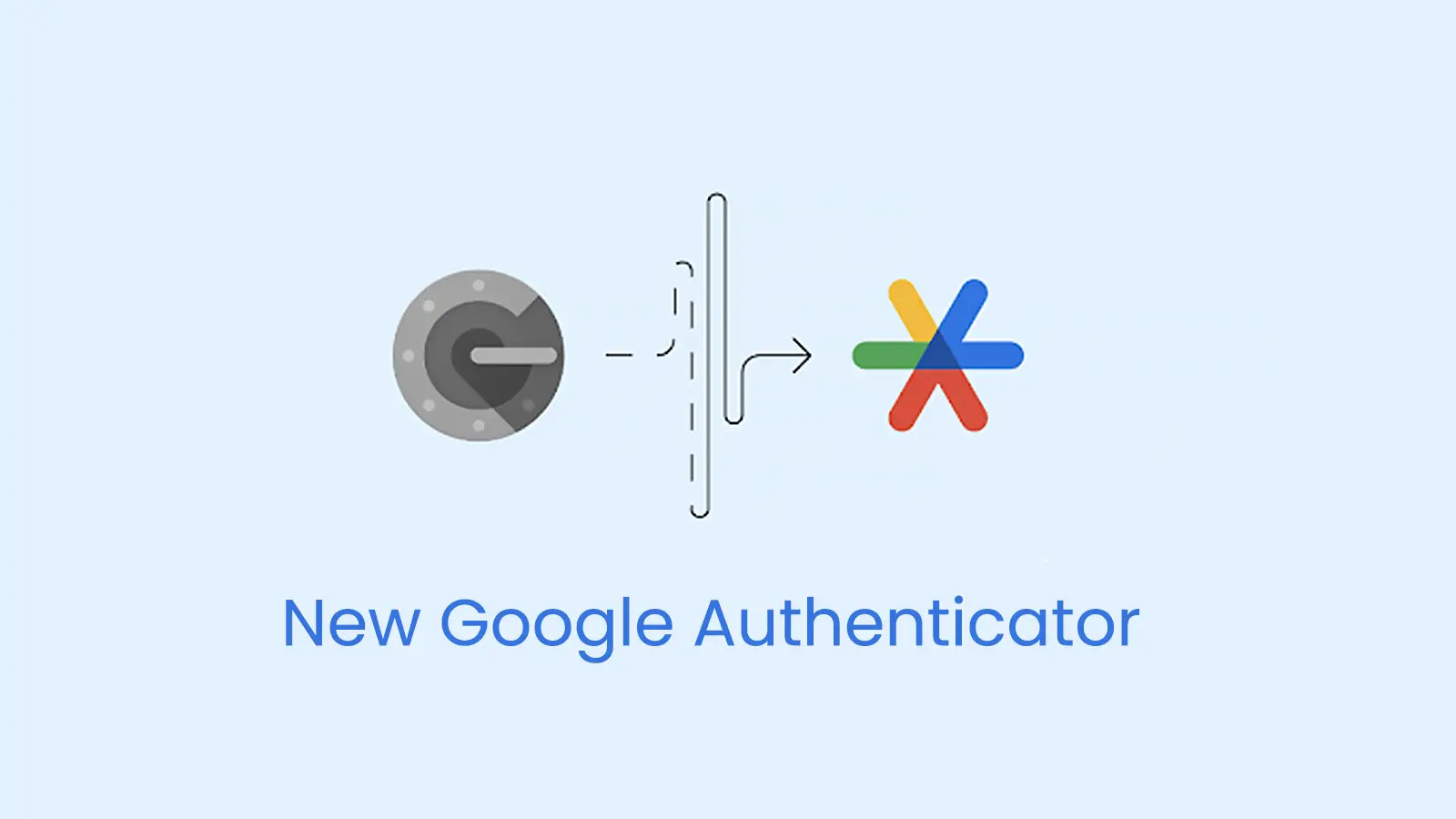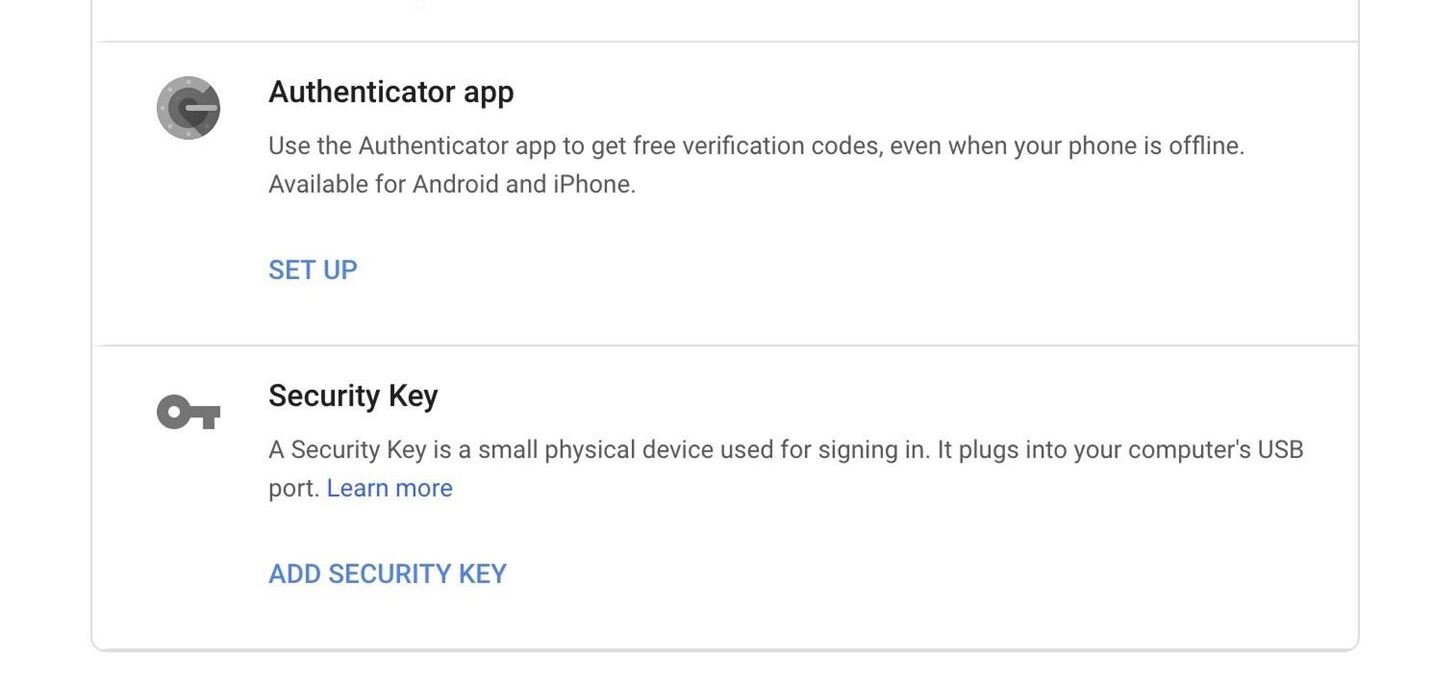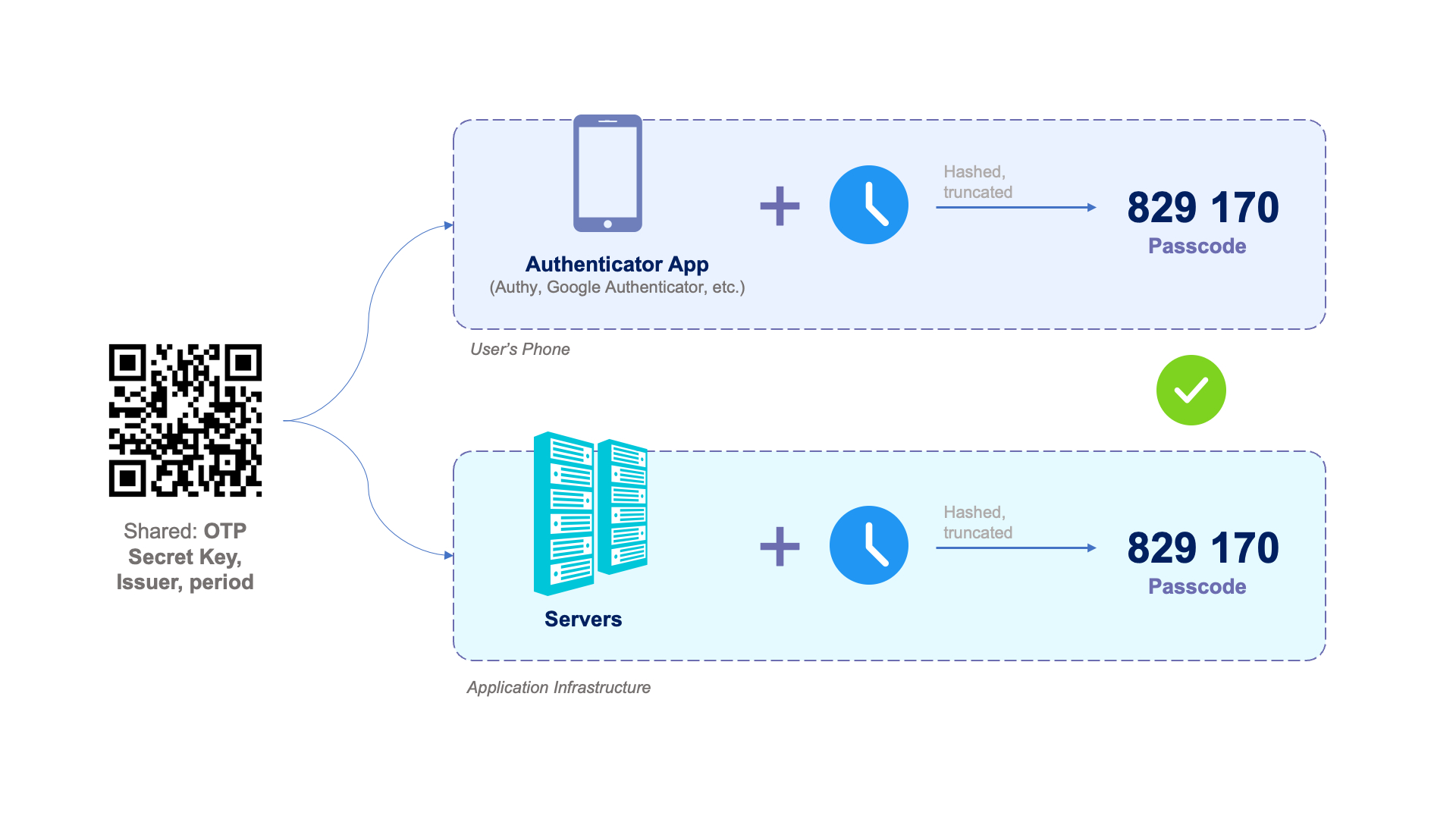Introduction
With the increasing prevalence of digital threats and cybersecurity risks, ensuring the security of our online accounts has become more important than ever. One effective way to enhance account security is by using a two-factor authentication method. Google Authenticator is a popular app that provides an extra layer of security for your online accounts.
In this article, we will explore what Google Authenticator is and how it can protect your accounts from unauthorized access. We will also discuss how to set up and use Google Authenticator, as well as provide some troubleshooting tips.
Google Authenticator is a free app developed by Google for both Android and iOS devices. It generates time-based one-time passwords (TOTPs) that are used as a second factor in the two-factor authentication process. This means that even if someone manages to obtain your password, they would still need access to your physical device to generate the correct TOTP.
Using Google Authenticator can significantly reduce the risk of unauthorized access to your accounts, as it adds an additional layer of protection beyond just a password. This is especially important for accounts that contain sensitive information, such as email, banking, or social media accounts. By implementing two-factor authentication, you can greatly enhance the security of your online presence.
Now that we have a general understanding of what Google Authenticator is and its importance, let’s dive into the specifics of how it works and how to set it up.
What is Google Authenticator App
Google Authenticator is a mobile app developed by Google that provides an additional layer of security for your online accounts. It is designed to work with two-factor authentication (2FA), also known as multi-factor authentication, a security measure that requires users to provide two different forms of identification to access their accounts.
The Google Authenticator app generates time-based one-time passwords (TOTPs) that serve as the second factor in the authentication process. When you enable two-factor authentication for an account, such as email, social media, or banking, you will be prompted to enter a verification code in addition to your usual username and password. This verification code is generated on your mobile device using the Google Authenticator app.
The Google Authenticator app uses the time-based one-time password algorithm (TOTP) to generate these codes. The TOTP algorithm combines a secret key, known only to you and the service provider, with the current timestamp to generate a unique code that changes every 30 seconds. This code must be entered alongside your password when logging into your accounts to complete the authentication process.
One of the key advantages of using Google Authenticator is that it works offline, as the app does not rely on an internet connection to generate the authentication codes. This can be particularly useful when traveling or in situations where internet access is limited.
Moreover, the Google Authenticator app is compatible with a wide range of online services and platforms that support two-factor authentication. With Google Authenticator, you can secure your accounts across various websites, applications, and services, all in one convenient app on your mobile device.
It is important to note that Google Authenticator is different from other authentication methods, such as SMS or email-based codes. While SMS and email-based codes are still widely used, they are less secure compared to TOTPs generated by Google Authenticator. This is because SMS messages and email communication can be intercepted or accessed by attackers, potentially compromising the security of your accounts.
In the next section, we will explore how Google Authenticator works and how to set it up.
How Does Google Authenticator Work
Google Authenticator works by generating time-based one-time passwords (TOTPs) that serve as the second factor in the two-factor authentication (2FA) process. It uses the time-based one-time password algorithm (TOTP) to generate these codes, ensuring their uniqueness and security.
When you enable two-factor authentication for an account and link it with Google Authenticator, the app will generate a unique secret key or QR code for that account. This secret key is securely stored on your mobile device and is used to generate the TOTP.
When you attempt to log in to your account, you will be prompted to enter both your password and the verification code generated by Google Authenticator. To get the code, you simply open the app, select the corresponding account, and the app will display the current TOTP.
The Google Authenticator app uses the TOTP algorithm, which combines the secret key with the current timestamp to create the unique one-time password. The timestamp ensures that the code changes every 30 seconds, adding an extra layer of security to the authentication process.
It is worth mentioning that Google Authenticator works offline, as it does not rely on an internet connection to generate the authentication codes. This reduces the risk of being locked out of your accounts if you have limited or no internet access.
Furthermore, Google Authenticator provides an added layer of security by not requiring any personal information or account details to generate the verification codes. This means that even if someone gains access to your mobile device, they cannot retrieve your secret key or gain unauthorized access to your accounts.
Overall, the combination of the TOTP algorithm, offline functionality, and secure storage of secret keys makes Google Authenticator a reliable and robust solution for two-factor authentication.
In the next section, we will discuss how to set up and configure the Google Authenticator app.
Setting Up Google Authenticator
To set up Google Authenticator, follow these steps:
- Download the Google Authenticator app from the Google Play Store (for Android devices) or the App Store (for iOS devices).
- Open the app on your device.
- On the initial screen, you will have two options: “Scan a barcode” or “Enter a provided key.” Choose the appropriate option based on the setup method provided by the service you wish to enable two-factor authentication for.
- If you choose “Scan a barcode,” the app will open your device’s camera. Position the camera so that it can capture the QR code displayed on the service’s website or application. The app will automatically detect and add the account once the QR code is scanned successfully.
- If you choose “Enter a provided key,” you will need to manually enter the account details. This includes the account name and the secret key provided by the service. Type in the necessary information, and tap “Add” to save the account.
- Once the account is added, the Google Authenticator app will start generating time-based one-time passwords (TOTPs) for that specific account.
- Repeat the process for each account that you want to add to Google Authenticator.
- Make sure to securely backup your secret keys or QR codes in case you lose your device or need to set up Google Authenticator on another device. Some services provide backup codes that you can use to regain access to your account if necessary. Store these codes in a safe place.
By following these steps, you can easily set up Google Authenticator and start using it to enhance the security of your online accounts.
In the next section, we will explore how to add accounts to Google Authenticator and use it for two-factor authentication.
Adding Accounts to Google Authenticator
Once you have set up Google Authenticator, you can start adding accounts to the app. Here’s how to add accounts:
- Open the Google Authenticator app on your device.
- Tap the “+” or “Add” button to add a new account.
- Choose the method to add an account:
- Scan a barcode: If the service you want to add provides a QR code, select this option, and align your device’s camera with the QR code. The app will automatically capture and add the account.
- Enter a provided key: If the service provides a secret key or a key in plain text, select this option. Enter the account name and the provided key manually, and tap “Add” to save the account.
- Once the account is added, the Google Authenticator app will start generating time-based one-time passwords (TOTPs) for that account.
- Repeat the process for each account you want to add to Google Authenticator.
It’s important to note that when setting up accounts, it’s recommended to provide a meaningful name for each account in Google Authenticator. This can help you easily identify the corresponding account when generating verification codes.
Additionally, it’s a good practice to securely backup your secret keys or QR codes in case you lose your device or need to set up Google Authenticator on another device. Some services provide backup codes that you can use to regain access to your account if necessary. Store these codes in a safe place.
By adding your accounts to Google Authenticator, you can conveniently access the two-factor authentication codes for multiple services in one centralized app.
In the next section, we will discuss how to use Google Authenticator for two-factor authentication.
Using Google Authenticator for Two-Factor Authentication
Once you have set up and added accounts to Google Authenticator, using it for two-factor authentication is straightforward. Here’s how to use Google Authenticator for two-factor authentication:
- When you attempt to log in to an account that has two-factor authentication enabled, enter your username and password as usual.
- Open the Google Authenticator app on your mobile device.
- Select the corresponding account for the service you’re trying to log in to.
- The app will generate a time-based one-time password (TOTP) for that account.
- Enter the TOTP code in the verification field on the login page of the service you’re accessing.
- Complete the login process by submitting the verification code.
- If the TOTP code generated by Google Authenticator matches the one expected by the service, you will gain access to your account.
- Remember, the TOTP codes generated by Google Authenticator refresh every 30 seconds, so make sure to use the current code.
It’s worth noting that the Google Authenticator app does not require an internet connection to generate the authentication codes. This offline functionality ensures that you can still access your accounts even when you have limited or no internet access.
Furthermore, using Google Authenticator adds an extra layer of security to your accounts. Even if an attacker manages to obtain your password, they would still need access to your physical device to generate the correct TOTP and gain unauthorized access to your accounts.
By using Google Authenticator for two-factor authentication, you significantly enhance the security of your online accounts and protect them from potential threats.
In the next section, we will discuss how to manage accounts in Google Authenticator and provide troubleshooting tips.
Managing Accounts in Google Authenticator
Google Authenticator provides various features for managing and organizing your accounts. Here’s how you can effectively manage your accounts in Google Authenticator:
- To view your added accounts, open the Google Authenticator app on your device.
- You will see a list of all the accounts you have added.
- To copy the account’s code, simply tap on the desired account in the list, and the code will be automatically copied to your device’s clipboard.
- You can also remove an account by tapping and holding on the specific account in the list, then selecting the delete option.
- If you have many accounts and want to organize them, you can rearrange the order of accounts by tapping and holding on an account, then dragging it to the desired position.
- In case you change or upgrade your device, you will need to transfer your accounts to the new device. You can do this by following the instructions provided by each service or re-scanning the QR codes during the setup process on your new device.
- Remember to securely back up your account information, such as secret keys or backup codes, in case you lose access to your device. This will help you regain access to your accounts without any difficulties.
- If you need to add new accounts to your Google Authenticator app, simply follow the steps outlined in the previous section, “Adding Accounts to Google Authenticator.”
By effectively managing your accounts in Google Authenticator, you can easily access your two-factor authentication codes, organize your accounts, and ensure a smooth and secure authentication process.
In the next section, we will provide troubleshooting tips for common issues that may arise when using Google Authenticator.
Troubleshooting Google Authenticator
While Google Authenticator is generally reliable, you may encounter some issues when using the app. Here are some troubleshooting tips to help you resolve common problems:
1. Time Sync: Ensure that the clock on your device is accurately synced to the correct time and time zone. Inaccurate time settings can cause authentication codes to be out of sync with the service you’re trying to log in to. You can enable automatic time synchronization or manually adjust the time settings on your device.
2. Backup Codes: If you’ve stored backup codes provided by the service, use them as an alternative when you cannot generate the authentication code in Google Authenticator. These backup codes can be used in case your device is lost, reset, or not available.
3. QR Code or Secret Key Issues: Ensure that you have scanned the QR code correctly or entered the secret key accurately when setting up an account. Mistakes in scanning or entering the code can lead to authentication failures. Double-check the information provided by the service and try scanning or entering the code again.
4. Account Recovery: If you lose access to your device or accidentally delete the Google Authenticator app, you may need to go through an account recovery process provided by the service. This usually involves verifying your identity through alternative means, such as email verification or answering security questions.
5. Multiple Devices: If you want to use Google Authenticator on multiple devices, you need to set up each device separately. Each device will have its own QR code or secret key to add the account to Google Authenticator. Make sure to keep all devices synced and update the app on each device when changes are made.
6. App Updates: Ensure that you are using the latest version of the Google Authenticator app. App updates often include bug fixes and security improvements that can resolve issues you may be experiencing. Check for updates in your device’s app store and install any available updates for Google Authenticator.
If you continue to experience issues with Google Authenticator, it is advisable to contact the customer support of the associated service or visit the help center of the service to seek further assistance. They may have specific troubleshooting steps or alternative methods to authenticate your account.
By following these troubleshooting tips, you can overcome common issues and ensure a smooth and secure experience with Google Authenticator.
Conclusion
Google Authenticator is a powerful mobile app developed by Google that adds an extra layer of security to your online accounts. By generating time-based one-time passwords (TOTPs), it enhances the authentication process and protects your accounts from unauthorized access.
In this article, we explored what Google Authenticator is and how it works. We learned how to set up the app, add accounts, and use it for two-factor authentication. Furthermore, we discussed how to manage accounts in Google Authenticator and provided troubleshooting tips for common issues.
Using Google Authenticator can greatly enhance the security of your online presence. By implementing two-factor authentication, you reduce the risk of unauthorized access, even if someone manages to obtain your password. The TOTP codes generated by Google Authenticator change every 30 seconds, ensuring their uniqueness and making them difficult to replicate.
Remember, it is important to securely backup your account information, such as secret keys or backup codes, in case of device loss or reset. This ensures that you can regain access to your accounts without any complications.
While Google Authenticator is a reliable app, you may encounter issues from time to time. By following troubleshooting tips, such as checking your device’s time sync, using backup codes, and double-checking QR codes or secret keys, you can overcome these obstacles and continue using Google Authenticator effectively.
Overall, Google Authenticator is an essential tool in today’s digital landscape, providing an additional layer of security for your online accounts. By utilizing this app and implementing two-factor authentication, you can protect your personal information, financial accounts, and online presence from potential threats.
We encourage you to leverage the power of Google Authenticator and enjoy the peace of mind that comes with enhanced account security.







